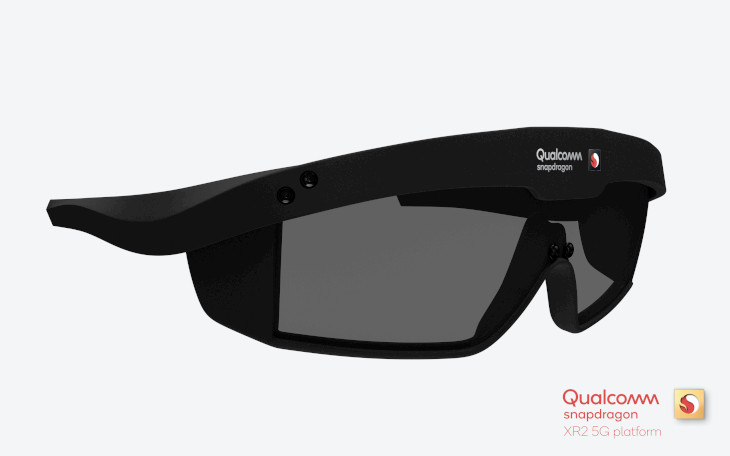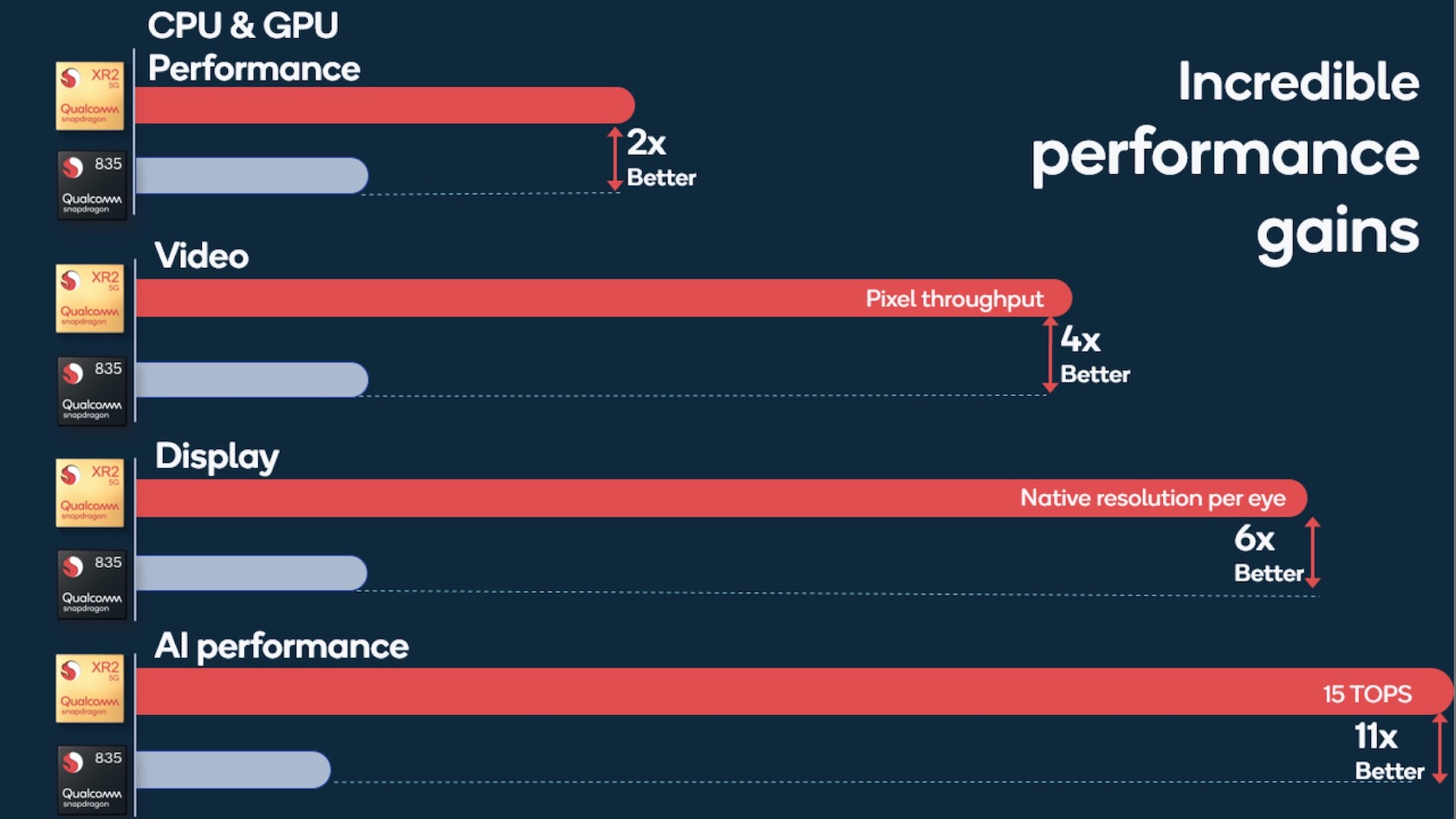Virtual Reality and Augmented Reality were said to be the next big thing, however, they haven’t lived up to the hype and is moving forward at their own slow pace. There are few companies which are doing good for the next-gen platforms, including HTC Vive and Oculus.
Now, Qualcomm has announced the latest Qualcomm Snapdragon XR2 platform, which is the successor to last year’s XR1 platform and brings several upgrades. For those who are unaware XR platform is for extended reality which combines augmented reality, virtual reality, and mixed reality.

The Snapdragon XR2 comes with the brand’s latest-and-greatest Snapdragon 865 processor which the company claims can enable performance and graphics benefits of up to two times. This is not surprising considering the Snapdragon XR1 made use of the Snapdragon 835 chip.
The graphics engine also gets 1.5 times the pixel rate and 3 times the texel rate for offering lifelike visuals. It also has four times the video bandwidth, and 11 times faster AI processing. It can also support up to seven concurrent cameras thanks to a dedicated processor for handling computer vision.
EDITOR’S PICK: Huawei faces public outrage after ex-employee detained for eight months over false charges

With support for more cameras, the platform gets the ability to accurately track head, lips, and eyes in real-time as well as 26-point skeletal hand tracking. The platform also enables low-latency camera pass through, ensuring that users continue enjoying the virtual world while being connected to the real world at the same time.
The Snapdragon XR2 can support displays of up to 3k x 3k resolution for each of the eyes at 90fps. Qualcomm also touted that the XR2 is the first platform to be able to see 8k 360-degree videos at 60fps, with the 4k video offering a refresh rate of 120fps. For audio, it features a custom-built always-on, low-power Hexagon DSP for offering 3D spatial sound, and better voice activation.
The Qualcomm Snapdragon XR2 also comes with support for 5G and the company believes that this will make XR headsets more affordable, unlike standalone headsets. It adds that the processing can be split between the device and edge cloud and 5G will ensure high-speed, low-latency experiences.
UP NEXT: Qualcomm Adreno GPU updates will now arrive via Google Play Store







